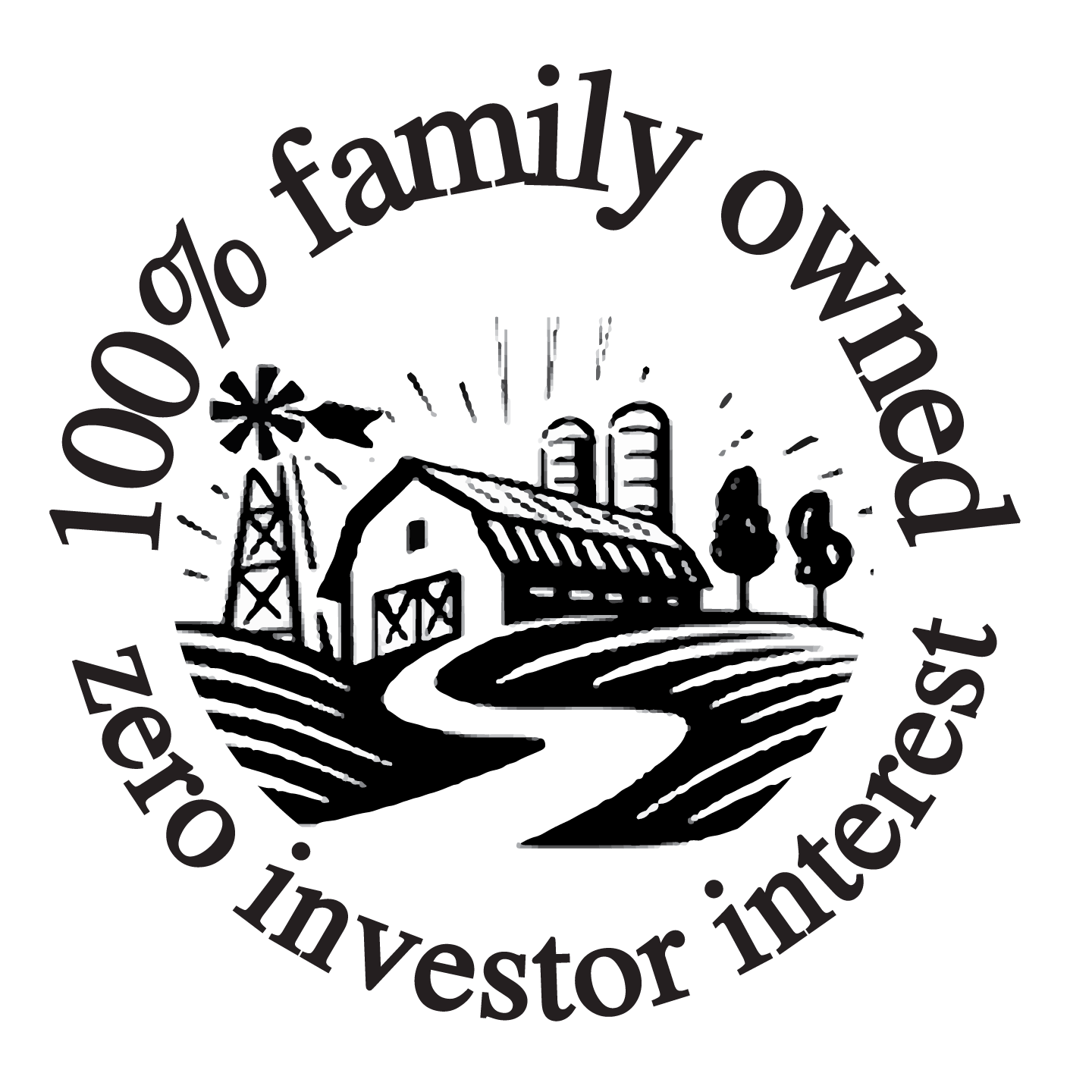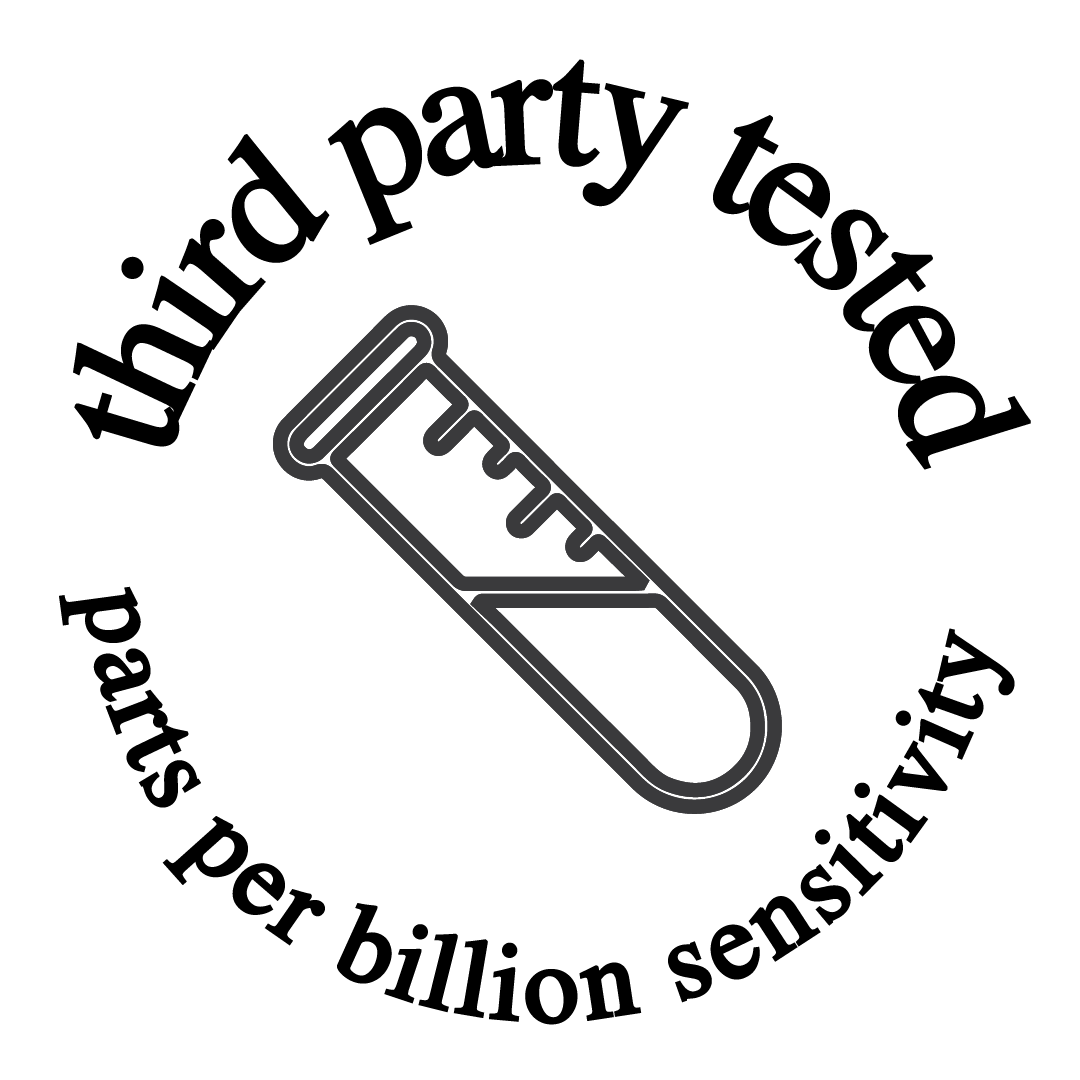the holistic power of cbd is difficult to conceptualize. cbd isn’t directly beneficial for all dysfunctions and performance goals, yet cbd has a reputation for being effective for just about everything. to understand why cbd is so effective we need to zoom out and conceptualize how the mind-body dedicates energy to healing processes, growth processes, cognitive processes, digestive processes, immune processes, etc.
resource allocation is everything when it comes to optimal health and wellness. your mind-body is a brilliant symphony of many interdependent systems interacting. interdependence is both internal and external at the same time and at incalculable levels of complexity. these internal processes are continuously managing your mind-body's valuable resources to power autonomic processes like digestion, detoxification, immune system, inflammation, heart rate and blood pressure (to name a few) and cognitive processes like attention, language, learning, memory, perception and thought. resource allocation is adaptive, meaning it changes based on our internal and external environment, experiences and perceptions. these changes happen in real time and baseline adjustments are made over long periods of time to adapt to evolving conditions. this is adaptation in a nutshell.
in our current way of living (higher stress, higher inflammation, lower nutrition), resources allocation is rarely moving us towards dynamic equilibrium as designed. instead, the mind-body’s brilliant systems of resource allocation are often confused by the speed at which our lifestyle and environment is changing. humans are incredibly resilient, but when our environment and every aspect of our lifestyle is changing faster than our systems can update (adapt), things can go haywire.
chronic stress and inflammation are accepted as a part of the norm today. chronic activation of these two systems causes or exacerbates the vast majority of modern disease. by design, stress response diverts resources to change the mind-body to a reactive state. non-reactive processes like digestion, detoxification, learning, neurogenesis, etc. are given less resources in order to prioritize sympathetic state. this is fight or flight and it's only designed to activate for a short period of time in response to a perceived threat. when the threat is gone, resources are reallocated towards parasympathetic processes. when stress is chronic, your mind-body uses more energy to fuel fight or flight than it does tuning the immune system, building new brain cells, repairing tissues, learning, etc. as this maladaptive resource allocation continues, it becomes more and more difficult to pull back to the sympathetic state. for this reason, the longer you have been chronically stressed, the more work it takes to get back to a place of balance.
aside from maladaptive resource allocation, ongoing stress has direct negative consequence on health like elevating glucose levels, elevating blood pressure, keeping brainwaves in high beta to gamma (reactive and energy intensive) frequency ranges. the weakening impact of chronic stress on the ECS (through CB1 down regulation) further degrades mood, energy, immune system and overall feelings of happiness. as chronic stress progresses, your mind-body becomes less capable of experiencing happiness, possibly leading to lower motivation, fatigue, hormone imbalance, muscular atrophy (especially in men), lowered libido and other symptoms of depression.
inflammation also has a similar story. as an immune response, inflammation is beneficial in the short term and destructive when allowed to go chronic. social, environmental and lifestyle factors can perpetuate chronic inflammation that can lead to several diseases that collectively represent the leading causes of disability and mortality worldwide. this includes cardiovascular disease, cancer, diabetes, chronic kidney disease, fatty liver disease, autoimmune and neurodegenerative disorders. long term inflammation can lead to damage in all tissues and organs and can also impair normal immune function, leading to increased susceptibility to infections and tumors. similar to stress, inflammation is energy intensive and diverts resources from parasympathetic processes. this energy draw causes fatigue, problems with focus, pain and other symptoms of depression.
to make things worse, chronic stress leads to inflammation and chronic inflammation causes stress. if something isn’t done to bring these levels down, stress and inflammation will continue to fuel each other, pushing the mind-body deeper into a state of dysfunction. chronic stress and inflammation is like driving 50 miles / hour in first gear. this is unnecessarily energy intensive and the wear on your mind-body is aggressive. this is not a sustainable way to live, resulting in a wide (and growing) list of chronic disease and performance problems.
cbd got it’s reputation as a life changing plant therapy because it seemed to work for everything. while this isn’t necessary true, a good cbd product acts on multiple systems simultaneously, helping move the mind-body into the elusive state of balance (dynamic equilibrium). in this improved state of balance, the entire mind-body shifts to prioritize parasympathetic processes. your ability to process information improves, learning and recall improves, mood improves, energy and endurance improves, neurogenesis improves, communication improves, digestion improves, immune and inflammation function improves, pain levels improve, mobility improves, sleep improves and more. additionally, the direct consequences of chronic stress and inflammation begin to subside.
this reputation seems to be fading. more and more people are reporting less than impressive results. this is not a failure of the plant itself. this is a failure of the product industry racing to make more marketable products rather than focusing on function. this is not unique to the cbd industry. you can see this everywhere. new and different things are more marketable than the fundamentals, but the fundamentals are what work.





